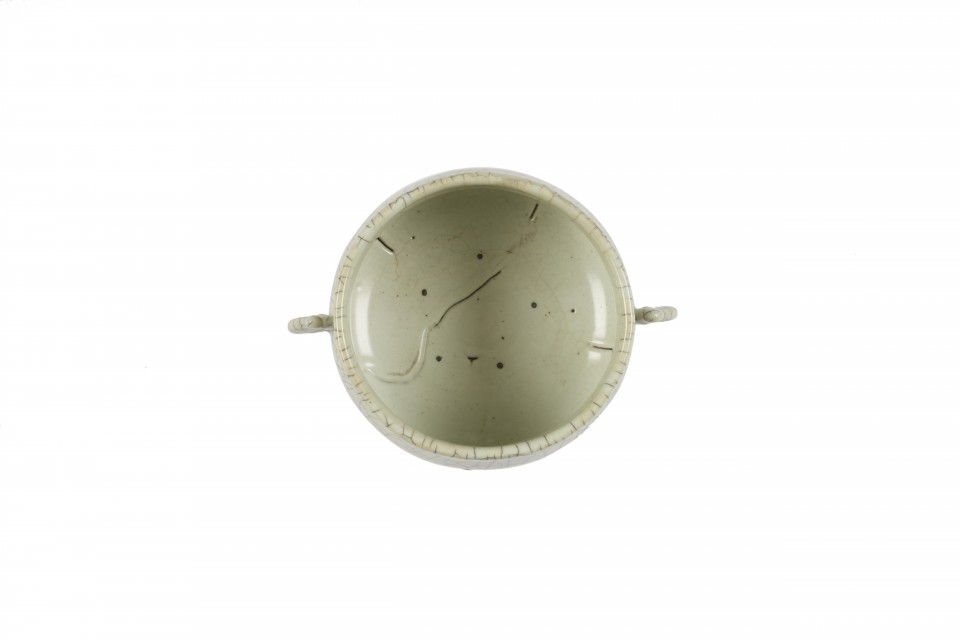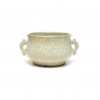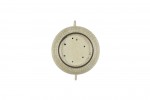
Censer

Photography by Synthescape, Digital image © Asia Society

Photography by Synthescape, Digital image © Asia Society

Photography by Synthescape, Digital image © Asia Society
Censer
13th-14th century
China, Zhejiang Province
Stoneware with glaze (Ge ware)
H. 3 1/4 x Diam. 4 5/8 at mouth in. (8.3 x 11.7 cm)
Asia Society, New York: Mr. and Mrs. John D. Rockefeller 3rd Collection, 1979.146
Licensing inquiries
Ceramics such as this incense burner that have dark bodies and very thick glazes with prominent crazing enhanced by rubbing ink or some other substance into the cracks are called "Ge wares." According to Ming- and Quing-period literary works, the term Ge ware refers to ceramics produced under the supervision of the older of two brother potters; "Ge ware" can be translated as "older brother ware." The shape of this incense burner is based upon the form of food vessels (gui) produced during the Western Zhou period (ca. 1050 - 771 B.C.E.). This intriguing censer may have been produced at the Longquan kilns located in eastern Zhejiang Province. These kilns are noted for their production of thick, gray-bodied ceramics covered with a glassy, dense, olive-green glaze. The delicate gray-green glaze on this censer, however, reflects the development of this type of glaze in the Northern Song period. The base of the censer clearly shows the remains of spur marks and a small chip reveals the high iron content of the body.



